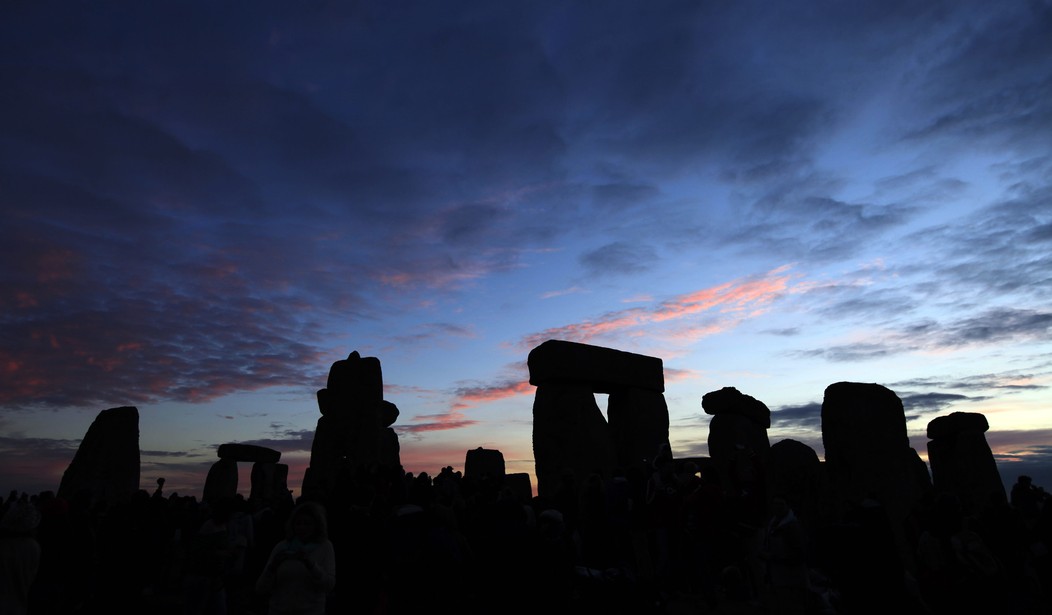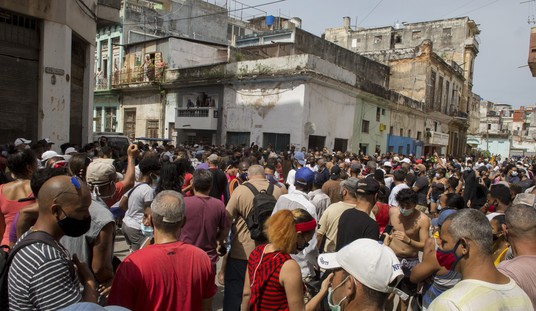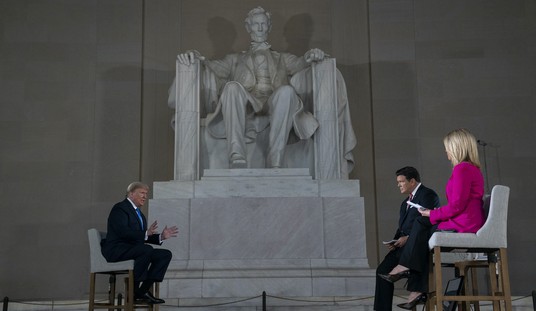The media may have given the impression that Brenton Tarrant, the New Zealand mosque murderer, was a Christian or accidentally conveyed that sense by spotty coverage. The Evening Standard headline reads, “Mosque shooting suspect Brenton Tarrant ‘travelled to Europe to investigate historic battles between Christians and Muslims.'” Heavy writes that “in his disturbing manifesto, white nationalist terrorist Brenton Tarrant says that he received a blessing in support of the attack from a group called the ‘reborn Knights Templar.'”
So he was a Christian bigot, right? The better to disarm others like him. But, unfortunately, the “reborn Knights Templar” don’t exist. It’s a fantasy organization imagined by Anders Breivik, inspired by the World of Warcraft.
What is the “reborn Knights Templar?” Does it really exist? It appears to be a reference to far-right Norwegian mass murderer Anders Breivik, who insisted that he belonged to such a group to combat Islamic migration. Prosecutors at Breivik’s trial thought he made it all up.
In the manifesto, Tarrant – the accused killer of 50 people in two Christchurch mosques – wrote that he supported Breivik and racist Charleston church shooter Dylann Roof, among others, and added, “I have only had brief contact with Knight Justiciar Breivik, receiving a blessing for my mission after contacting his brother knights.” He said he had read Roof’s writings. However, he wrote that he “only really took true inspiration from Knight Justiciar Breivik.” …
CSMonitor reported in 2012 that Breivik claimed to be a member of the “reborn Knights Templar.” Telegraph reported that Breivik once photographed himself “in a home-made ‘Knights Templar’ uniform, adorned with fake epaulettes, medals, and homemade shoulder badges.”
Telegraph also reported that Breivik’s Knights Templar was an idea he created “from a character in the computer game World of Warcraft” and was something that “existed only in his head.”
What actually exists is Tarrant’s association with the Identitarian Movement of Austria. “A shadowy far-right group in Europe has been linked to Brenton Tarrant as its leader’s home was raided by intelligence agents who found a large donation from a supporter with the same surname as the accused Christchurch terrorist. Electronic devices were seized from the home of Martin Sellner, head of the Identitarian Movement of Austria (IBO)”.
The white supremacist Identitarian Movement originated in France and is considered the equivalent of the American alt-right, rising out of the ashes of fascism and drawing on European Neo-Nazism and Germany’s New Right.
Its followers idolise anti-immigration French writers including Alain Benoist and Renaud Camus from whom Tarrant borrowed the title of his sickening manifesto, “The Great Replacement”.
Who is Alain Benoist? According to Wikipedia, “Alain de Benoist born 11 December 1943 is a French academic, philosopher, a founder of the Nouvelle Droite (New Right), and head of the French think tank GRECE”, dedicated to the abolition of Christianity and repaganization of Europe.
Benoist is opposed to Christianity, the United States, free markets, neoliberalism, democracy, and egalitarianism. His work has been influential with the alt-right movement in the United States, and he presented a lecture on identity at a National Policy Institute conference hosted by Richard B. Spencer; however, he has distanced himself from the movement …
He is an admirer of Pan-European nationalism and neopaganism. … Benoist considers himself both left and right-wing.
Benoist’s manifesto, On Being a Pagan, frankly advocates a sophisticated form of nature-worship. “Paganism, far from being something that can be characterized as a denial of spirituality or a rejection of the sacred, consists on the contrary in the choice (and reappropriation) of another spirituality, another form of the sacred. Far from being confused with atheism or agnosticism, it poses a fundamentally religious relationship between man and the world — and a spirituality that appears to us as much more intense, much more serious, and stronger than what Judeo-Christianity claims for itself. Far from desacralizing the world, it sacralizes it in the literal sense of the word; it regards the world as sacred — and this is precisely, as we shall see, the core of paganism.”
Paganism — and nature worship — are part of the plan to put Europe back on top.
The alt-right is anti-Christian. Not by implication or insinuation, but by confession. Its leading thinkers flaunt their rejection of Christianity and their desire to convert believers away from it. … Alt-right thinkers are overwhelmingly atheists, but their worldview is not rooted in the secular Enlightenment, nor is it irreligious. Far from it. Read deeply in their sources—and make no mistake, the alt-right has an intellectual tradition—and you will discover a movement that takes Christian thought and culture seriously. It is a conflicted tribute paid to their chief adversary. Against Christianity it makes two related charges. Beginning with the claim that Europe effectively created Christianity—not the other way around—it argues that Christian teachings have become socially and morally poisonous to the West. A major work of alt-right history opens with a widely echoed claim: “The introduction of Christianity has to count as the single greatest ideological catastrophe to ever strike Europe.”
Not only is paganism good because it is the original European religion but it is desirable because it “regards the world as sacred — and this is precisely, as we shall see, the core of paganism.” The link between paganism and fringe environmentalism is yet another link the media hesitates to explore, yet is essential to the story.
In The Guardian‘s description of Tarrant’s intellectual history, it was clear the killer came to eco-fascism via the left-wing route rather than the churches. “When he was young, he was ‘a communist, then an anarchist and finally a libertarian before coming to be an eco-fascist.'” The term “eco-fascist,” which puzzled Heavy, is now very easy to understand. They wrote that “perhaps bizarrely, the gunman’s manifesto combines environmentalism with racism. He considers himself an ‘eco-fascist.'”
But it’s not so bizarre when one realizes that Benoist’s New Right movement, with its overtones of neo-paganism, is regarded as part of the eco-fascist movement. Jordan Weissman in Slate wrote that “some of this puzzlement [over Tarrant’s ideological beliefs] stems from the shooter’s description of himself as an ‘eco-fascist’ and open fretting about global warming, which is not a concern mainstream readers typically associate with racist reactionaries. But eco-fascists are in fact an established, if somewhat obscure, brand of neo-Nazi. As Sarah Manavis wrote last year at the New Statesman, ‘they believe that living in the original regions a race is meant to have originated in and shunning multiculturalism is the only way to save the planet they prioritise above all else.'”
Once the reader realizes that nature worship, the abolition of Christianity, environmentalism and mass murder can all be part of the same package, a clearer picture of the mosque killer’s belief system emerges. But given the revulsion caused by Tarrant’s actions, it was far more convenient to tie him to the Reborn Knights Templars of World of Warcraft fame rather than a real “established, if somewhat obscure, brand of neo-Nazi” pagan environmentalism.
Follow Wretchard on Twitter
Tipjar at wretchard.com
Support the Belmont Club by purchasing from Amazon through the links below.
Books:
Normal Accidents: Living with High Risk Technologies, by Charles Perrow. The book analyzes the social side of technological risk. It argues that the conventional engineering approach to ensuring safety — building in more warnings and safeguards — fails because systems complexity makes failures inevitable. Typical precautions, by adding to complexity, may help create new categories of accidents.
Earth: An Intimate History, by Richard Fortey. The face of the earth, crisscrossed by chains of mountains like the scars of old wounds, has changed and changed again over billions of years, and the testament of the remote past is all around us. In this book, Fortey, a British palaeontologist, teaches us how to read its character, laying out the dominions of the world before us.
Originals: How Non-Conformists Move the World, by Adam Grant. Using surprising studies and stories in business, politics, sports, and entertainment, Grant explores how to recognize a good idea, speak up without getting silenced, build a coalition of allies, choose the right time to act, and manage fear and doubt. He also shows how parents and teachers can nurture originality in children and how leaders can build cultures that welcome dissent.
For a list of books most frequently purchased by readers, visit my homepage.
Did you know that you can purchase some of these books and pamphlets by Richard Fernandez and share them with your friends? They will receive a link in their email and it will automatically give them access to a Kindle reader on their smartphone, computer or even as a web-readable document.
The War of the Words, Understanding the crisis of the early 21st century in terms of information corruption in the financial, security and political spheres
Rebranding Christianity, or why the truth shall make you free
The Three Conjectures, reflections on terrorism and the nuclear age
Storming the Castle, why government should get small
No Way In at Amazon Kindle. Fiction. A flight into peril, flashbacks to underground action.
Storm Over the South China Sea, how China is restarting history in the Pacific.










Join the conversation as a VIP Member